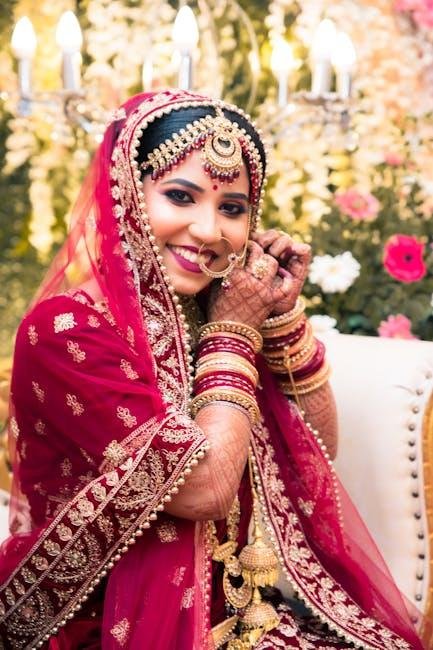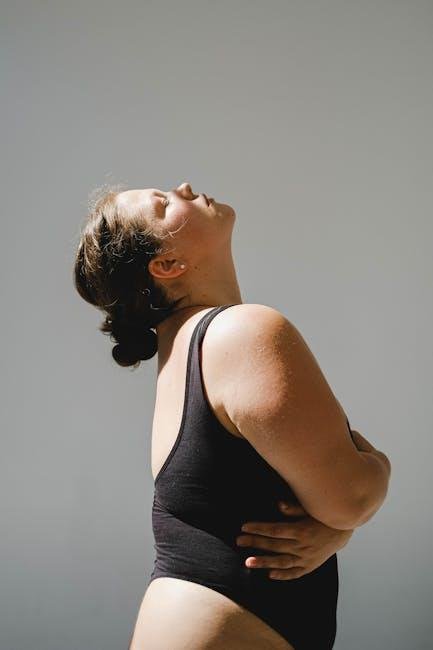In a world where beauty standards shift as swiftly as the seasons,the rituals we embrace in pursuit of aesthetic ideals are deeply woven into the fabric of our cultures. From the vibrant hues of a South Asian wedding to the minimalist skincare routines favored in East Asia, the diverse practices that define our approach to beauty tell stories steeped in history, tradition, and identity. Each culture offers a unique lens through which we can explore not only what we consider lovely but also the values and beliefs that underlie these perceptions. In this article, we delve into the intricate ways culture influences our beauty rituals, examining how they shape our perceptions of ourselves and others, and reflect the rich tapestry of human experience. Join us on this journey as we uncover the cultural narratives that define our beauty practices across the globe.
Understanding Cultural Influences on Beauty Standards
Across the globe, notions of beauty are deeply intertwined with cultural narratives, reflecting history, values, and societal norms. Cultural influences shape our perceptions, coloring what we regard as attractive and desirable. In some societies, the idea of beauty is linked to health and vitality, while others may celebrate distinct features such as skin tone, body shape, or hair texture. This diversity manifests in varied beauty standards, from the use of customary makeup and adornments to practices like body modification. As an example, in certain African cultures, the practice of body painting and the embrace of fuller body types reveal a beauty ideal steeped in ancestral heritage and identity. On the other hand, East Asian communities may highlight youthful aesthetics, with a notable focus on flawless skin and delicate features, often influenced by media representations and technological advancements in beauty products.
Furthermore, the globalization of beauty standards contributes to an ongoing evolution of cultural rituals surrounding beauty. Social media platforms amplify trends, making certain aesthetics more accessible and desirable regardless of geographical boundaries. As a result, beauty rituals become a blend of traditional practices and modern influences, leading to a unique expression of identity.Various approaches, such as the Korean skincare routine or the Indian use of turmeric in beauty treatments, showcase how cultural heritage persists while adapting to contemporary ideals. The table below illustrates some distinct global beauty practices along with thier cultural significances:
| Culture | Beauty Practice | Cultural significance |
|---|---|---|
| African | Body Painting | Expression of clan identity |
| Indian | Turmeric Masks | Healing and purification |
| Korean | Multi-step Skincare | Emphasis on skin health |
| Japanese | Geisha Makeup | Cultural heritage and artistry |

Traditional Practices: Beauty Rituals Across the Globe
Across different cultures, beauty rituals frequently enough reflect unique traditions that have been passed down through generations. In India,the use of turmeric in skincare transcends mere aesthetics; this vibrant spice is believed to purify the skin and impart a radiant glow,especially during wedding ceremonies. Similarly, Japanese beauty secrets emphasize the importance of natural ingredients like rice water, which is used for its hydrating properties, evoking centuries of respect for nature’s bounty in the pursuit of beauty. Meanwhile,in Brazil,the vibrant use of açaí berries not only showcases the country’s rich biodiversity but also celebrates the idea of beauty intertwined with well-being,offering a nourishing option for the skin.
Further afield, African beauty practices highlight the communal aspect of self-care. For example, women in Morocco often use argan oil, renowned for its moisturizing properties, not just for personal beauty but also as a means to support local communities involved in its production. In Korea, the meticulous 10-step skincare routine illustrates a cultural dedication to self-care that is both a personal and social statement.Each step, from double cleansing to sheet masks, is viewed not just as a regime but as a ritual of self-love and respect. This intersection of culture and beauty underlines how our backgrounds and shared experiences shape the ways we express and enhance our beauty.

Modern Adaptations: Merging Tradition with Contemporary Trends
The fusion of ancient beauty practices with modern sensibilities has given rise to innovative routines that resonate with a broader audience. Cultural heritage plays a pivotal role in shaping these rituals, allowing individuals to connect with their roots while embracing contemporary trends. Traditional ingredients like turmeric, rosewater, and coconut oil have found their way into high-tech beauty formulations, while age-old techniques, such as layering skincare or the use of herbal infusions, are now celebrated for their effectiveness and sustainability. This harmonious blend not only enriches our beauty routines but also fosters a sense of identity and belonging.
As the beauty industry evolves, the emphasis on personalization and inclusivity is further enhancing these modern adaptations. Brands are now drawing inspiration from diverse cultures, creating products that cater to a wide array of skin types and beauty ideals.This movement is evident in the adoption of practices such as:
- Multi-step skincare regimens inspired by K-beauty.
- Ayurvedic treatments that blend mindfulness with self-care.
- Indigenous practices that honor the heritage of natural ingredients.
Moreover, the rise of social media has enabled the global sharing of beauty secrets, allowing inspiration to transcend borders. As we embrace this melting pot of influences,it becomes clear that the modern beauty landscape is a dynamic tapestry woven from the threads of tradition and innovation.

Inclusive Beauty: Celebrating Diversity in Rituals and Products
Beauty rituals across the globe reflect the rich tapestry of cultures, each thread woven with unique beliefs and practices. From the vibrant colors of Indian festivals adorned with turmeric and kohl to the minimalist elegance of Scandinavian skincare routines using natural oils, the diversity in beauty is mesmerizing. These rituals often encompass more than just physical appearance; they are deeply intertwined with cultural identity and heritage, illustrating how beauty is perceived through various societal lenses. Here are some ways culture influences beauty practices:
- Ingredients: Locally sourced components like African shea butter and Japanese green tea offer distinct benefits that reflect regional flora and historical usage.
- Techniques: Methods passed down through generations, such as Korean skincare layering, showcase a dedication to preserving traditions while promoting individual expression.
- Rituals: Ceremonial beauty practices, like Indian bridal mehndi request or Japanese bathing rituals, place emphasis on community and occasion.
This celebration of differences does not merely enhance beauty; it empowers individuals to redefine their perceptions and experiences. In some cultures, beauty transcends the superficial, becoming a powerful expression of spirituality and resilience. As an example, in Indigenous cultures, beauty is frequently enough celebrated through traditional adornments, signifying connection to land and ancestry. Below is a glimpse into how different cultures interpret beauty:
| Culture | Beauty Ritual | Significance |
|---|---|---|
| Indian | Henna Application | Symbol of auspiciousness and celebration during weddings |
| Japanese | layered Skincare | Focus on prevention and skin health, embodying beauty as a process |
| African | Body Painting | Cultural expression and identity, often used in rituals |
The Conclusion
In the intricate tapestry of human experience, beauty rituals serve as threads that weave together cultural values, histories, and identities. As we’ve explored, these practices—ranging from the delicate application of makeup to the sacred ceremonies of skincare—reflect not only personal preferences but also the broader social narratives that shape our understanding of beauty across diverse cultures.In a world increasingly interconnected, the convergence of traditions offers a rich dialog about what beauty means and how it is expressed. Whether influenced by age-old customs or modern trends, our rituals are a testament to the adaptability and evolution of cultural practices. Embracing this diversity invites us to expand our perceptions and fosters a deeper appreciation of the artistry behind each beauty regimen.
As we move forward, let us carry with us the wisdom of our cultural roots and the understanding that beauty, in all its forms, is a celebration of individuality and community alike.In the understanding that our practices are continually shaped by the world around us, we can cultivate a beauty culture that honors tradition while embracing innovation—one that, ultimately, reflects the multitude of human experiences. So, as you engage in your own rituals, remember: beauty is not merely skin deep; it is a reflection of the stories we tell, the cultures we inhabit, and the connections we forge.



